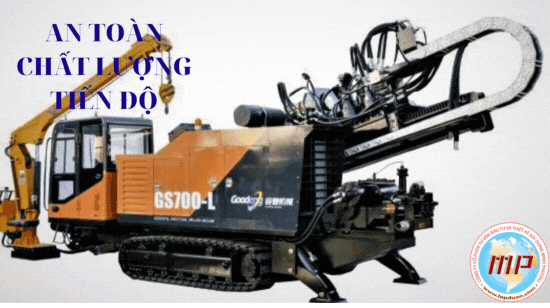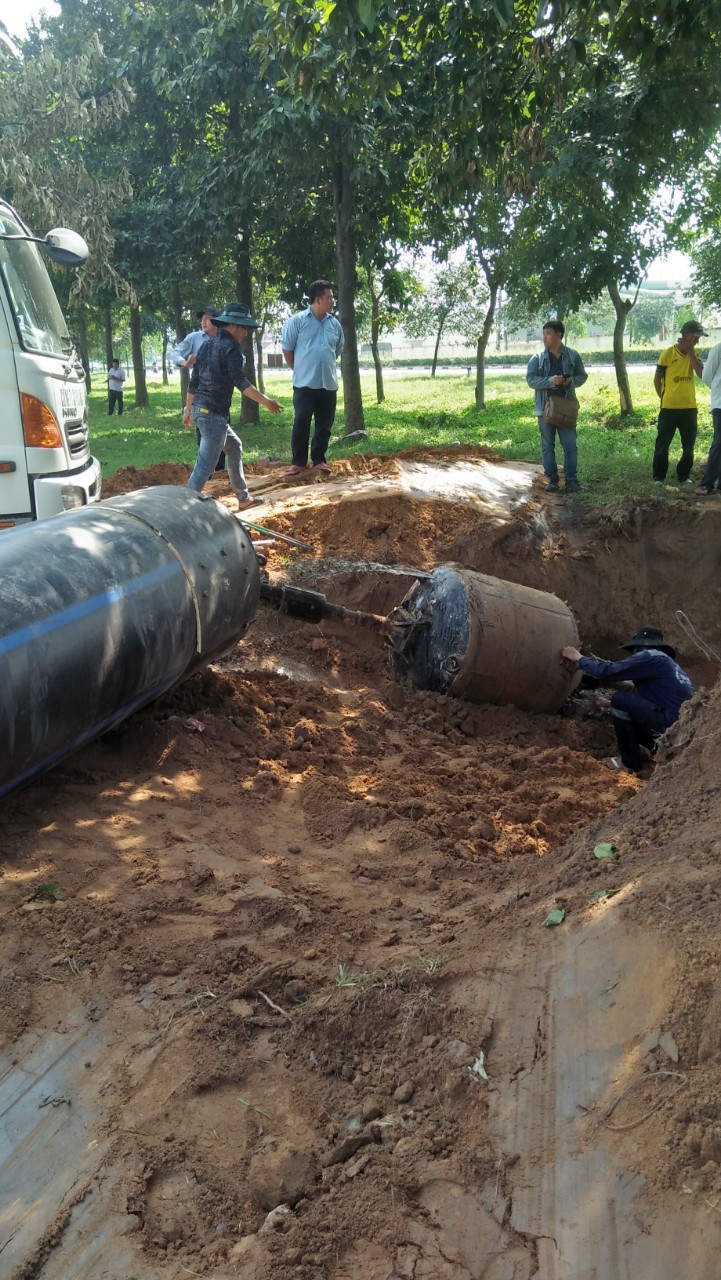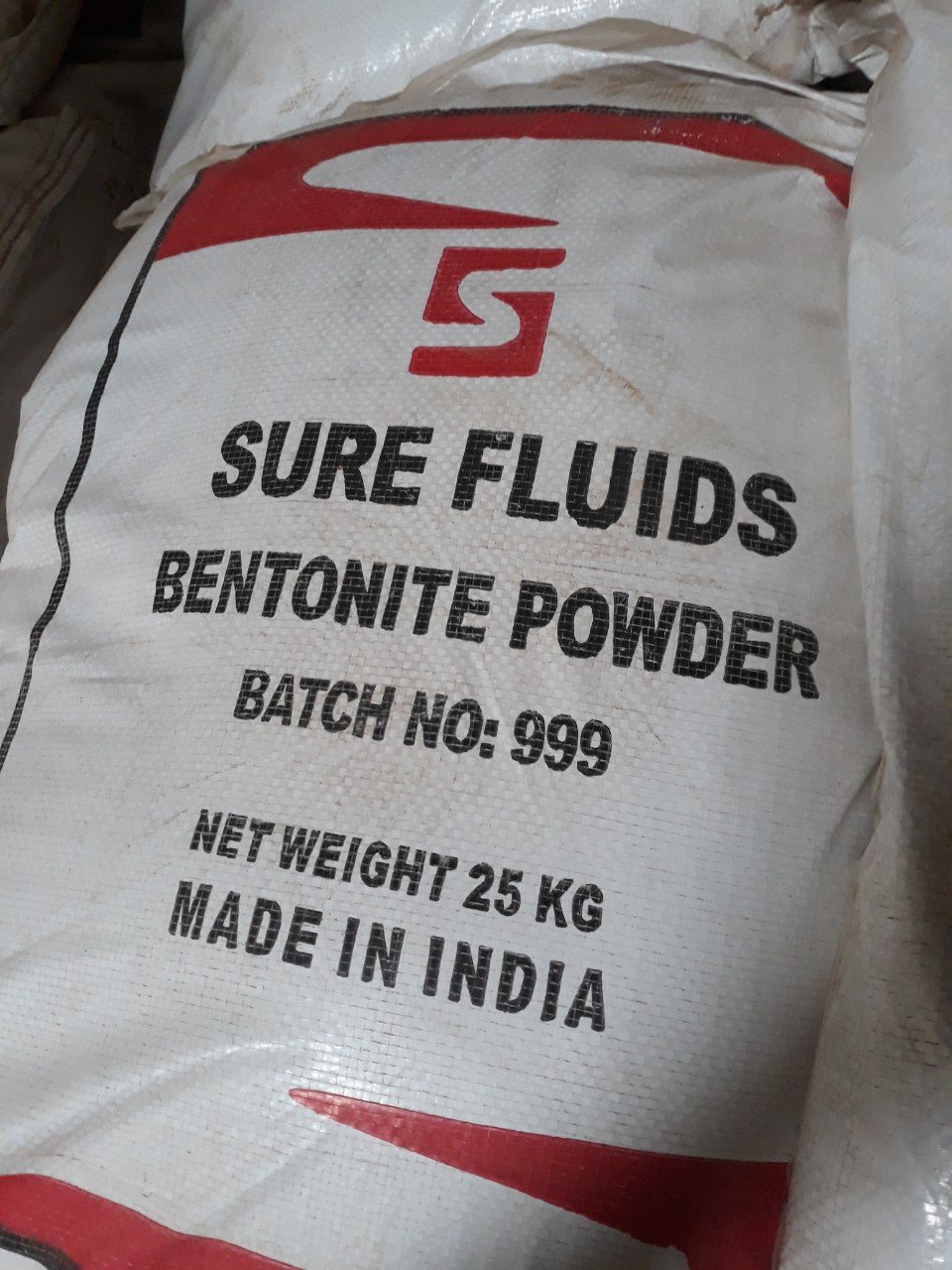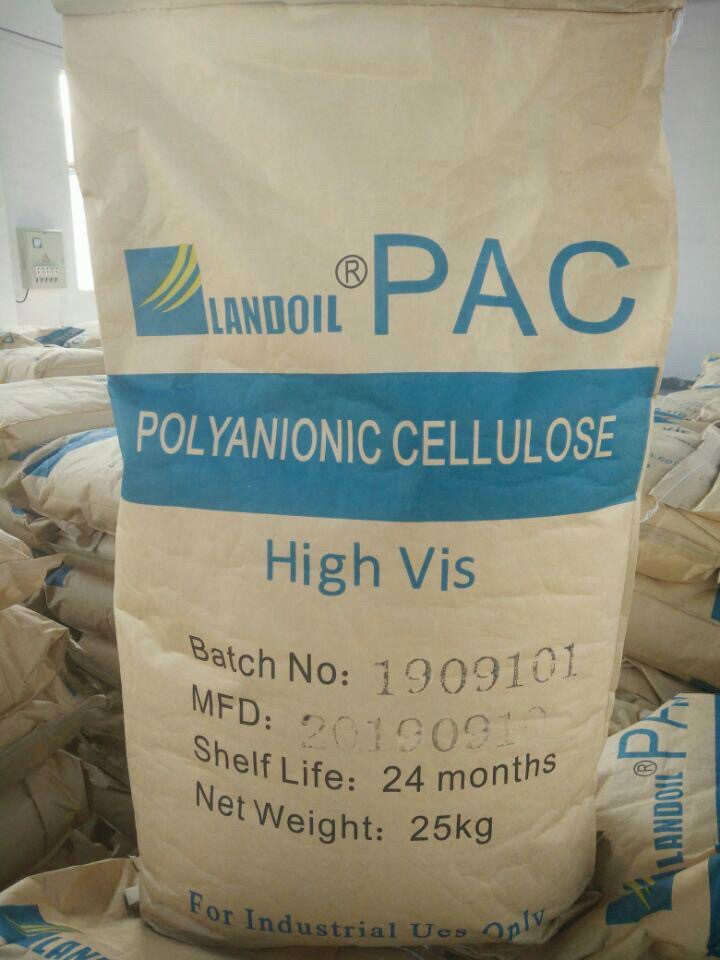Why is bentonite used in piling and instructions for using bentonite in the drilling robot HDD
Bentonite solution must not be layered, the surface of the solution must be smooth. Bentonite particles must not be touched by hand, and bentonite is not visible when picked up and picked up.
If drilling through the clay, siltstone, a part of clay will dissolve into the solution, leading to easier transport of drilling humus, soil and rock in the borehole, and the addition of CMC to increase the viscosity is zero. necessary. The viscosity of the solution is about 29 - 31 sec.
If drilling through the sandy soil layer, the sand will follow the bentonite solution and settle in the reservoir, leading to a rapid decrease in the viscosity of the solution. Depending on each case to consider whether to maintain viscosity or not, if necessary, add CMC to increase the appropriate viscosity by about 34 - 36 sec.
INSTRUCTIONS FOR USING IN UNDERSTANDING ROBOT HDD
1.1. Bentonite of solution:
The bentonite mixing ratio is 50 - 60 kg of bentonite HPB600- API for orientation drilling, or 50 - 60 kg of bentonite HPB600- API + (07 - 0.8) kg CMC for borehole expansion.
To avoid clumping of CMC, it is necessary to dry mix CMC and bentonite powder first.
Water treatment: In any area with alum, high hardness, when using water to mix the solution, it should be treated as follows: Mix soda (Na2CO3) at the rate of 1/1000 with water, then mix the solution.
1.2. Now solutions bentonite clay powder
Forced mixing: Usually mix 1 - 2.5 m3 with a high-speed stirrer of 1,000 v / p.
Method: Pump water into the tank according to the preset rate, pour bentonite at the rate as in section 1.1 into the container and stir for 15 minutes in the tank and then drain into the tank.
Mixing by vertical pumps: Mixing through bentonite at the rate as in section 1.1, then discharging into the container and mixing repeatedly using a vertical pump for 1 hour to mix 15 m3 of solution with a pumping capacity of 40m3/H.
1.3. Notes on mixing:
The problem of density about mixing solids into the water:
- Mix 100 g of NaCl in 1,000 ml of water: the volume after mixing is 1,000 ml; density after mixing 1.1 g / cm3.
- Mix 100 g of clay powder with the density of 2.7g / cm3 into 1,000ml of water: the volume after mixing is 1.037ml; density after mixing 1.06 g / cm3.
- Mix 100 g of bentonite with the density of 2.7g / cm3 in 1,000ml of water: the volume after mixing is 1,042ml; density after mixing 1.055 g / cm3.
The volume difference between bentonite phase and clay powder is normally 5 ml.
The best bentonite is to create a solution with the largest viscosity, the smallest density, per a fixed amount of mixing.
2. How to check bentonite density
2.1. Some basic measuring equipment
- Paper pH: accuracy 0.5
- Weigh the sludge to determine the density (the density of water at 25OC is 1.00 g / cm3.
- Viscosity measuring hopper divided into 3 types: 1500/946; 700/500; 500/500.
Static shear force gauge: Static shear stress measurement.
2.2. Check the quality of the solution after mixing:
Bentonite solution must not be layered, the surface of the solution must be smooth. Bentonite particles must not be touched by hand, and bentonite is not visible when picked up and picked up. Check the following requirements after mixing bentonite solution:
2.2.1 Check solution viscosity:
Usual viscosity requirements are from 29 - 41 sec.
If drilling through the clay, siltstone, a part of clay will dissolve into the solution, leading to easier transport of drilling humus, soil and rock in the borehole, and the addition of CMC to increase the viscosity is zero. necessary. The viscosity of the solution is about 29 - 31 sec.
If drilling through the sandy soil layer, the sand will follow the bentonite solution and settle in the reservoir, leading to a rapid decrease in the viscosity of the solution. Depending on each case to consider whether to maintain viscosity or not, if necessary, add CMC to increase the appropriate viscosity by about 34 - 36 sec.
If drilling through the pebble and gravel layer, if you want to quickly bring the large-sized drilling humus from 5 - 10 mm, you need to add 1 more CMC to the solution in the range of 1 - 1.5 kg / m3 to achieve an Appropriate viscosity increase is about 39 - 41 sec.
2.2.2 Check bentonite solution density:
The required density of the solution is 1.03 - 1.035 g / cm3
The density of the solution is as small as possible before entering the hole. At the top of the borehole, the given solution should always be less than 1.2 g / cm3 and less than the density of the solution going to the borehole. To do this, there must be a drilling mud separator system or sand separator by vibrating screen.
Note: Always check the viscosity and density of the solution when drilling.
2.2.3 Check the pH of the solution:
The pH requirement of the solution is usually in the range of 8-9.
2.2.4 Check static shear stress:
Requirements for static shear stress:
Static cutting force:
1 minute 20-30 mg / cm2
10 minutes 50 - 100 mg / cm2.
3. Incubate the solution after mixing
For high-efficiency use, the solution should be incubated for at least 6 -12 hours after mixing before putting it into use.
Indian Bentonite is a swollen clay, originating from India. Bentonite solution has a high viscosity, so it is often used to stabilize soil in boreholes. This solution will create a protective mud film on the surface of the pit wall to create stability for the whole wall, preventing sediment deposition in the bottom of the borehole for a long time after the drilling is completed.
Using Indian Bentonite to drill underground HDD
When drilling holes, always ensure that the solution of Bentonite is always 1-2 meters higher than the groundwater level. The purpose of this is to create an excess pressure that tends to allow the bentonite solution to seep into the surrounding soil. However, the clay particles in the bentonite solution will fill the holes in the drilling wall and create a thin film in the form of "cake crust" that helps to keep the wall of the hole and prevent water from flowing into the pit, affecting the substance. amount of drilling work.
The stability of the pit wall is because Bentonite solution is always poured into the borehole, creating excess pressure in the borehole to keep the borehole wall always guaranteed.
Currently, on the market, there are 2 popular types of Bentonite in India: Bentonite API 13A Sec 11 SwellWell and Bentonite API 13A Sec 11 Ashapura
Bentonite API 13A Sec 11 SwellWell
Bentonite API 13A Sec 11 Ashapura
BENTONITE MIXING PROCESS
1. Pump water into the mixing bowl, then turn on the stirrer to slowly add the Bentonite powder mortar. (Mixing ratio 40 Kg Bentonite powder / 1m3 water)
- Stir for about 10 minutes and then rinse into the sink (Stir so that the Bentonite powder is evenly dispersed in the solution).
2. For newly degraded solution, the required viscosity is ≥ 20s (funnel 500/700 ml).
3. For return solution, it is required to pass through sand separating sieve system.
4. Return solution is mixed with freshly mixed Bentonite to achieve viscosity ≥ 20s ( The 500/700 ml funnel) is then delivered to the next level.
5. Note:
- During the construction process, it is necessary to ensure sufficient capacity to contain the solution.
Learn more Horizontal and horizontal drilling techniques

CÔNG TY CP TƯ VẤN ĐẦU TƯ & THIẾT KẾ XÂY DỰNG MINH PHƯƠNG
Địa chỉ: Số 28B Mai Thị Lựu, Phường Đa Kao, Q.1, TPHCM
Hotline: 0903649782 - (028) 3514 6426
Email: nguyenthanhmp156@gmail.com




Xem thêm